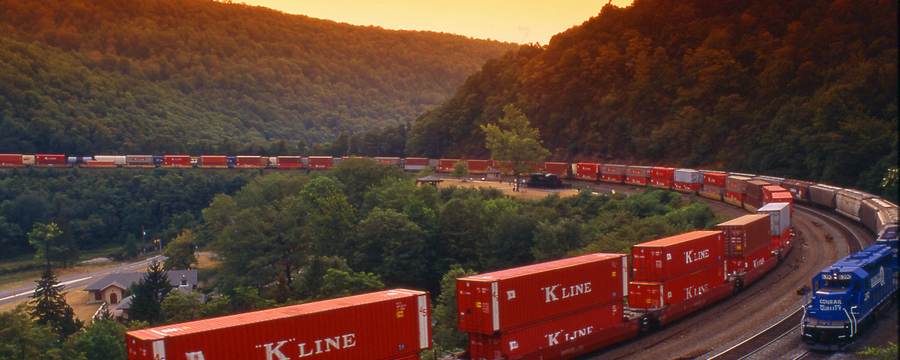Industrial Photographer Pittsburgh
Industrial Photographer Pittsburgh
Commercial photography can be defined as photographic practice that happens within and / or at the insistence of a business organization, to document production processes, products, work organization, employees, or the layout, apparatus, or culture of a concern. The pictures may serve either internal ( e.g. Administrative or business relations ) or external ( e.g. Advertising or public relations ) purposes. In principle there isn’t any difference between pictures manufactured by in-house consultants or execs employed from outside ; and pictures taken by employees or back-office staff. Few firms employed their own photographers, but commissioned independent operators, or employees who could utilise a camera. Industrial photography can’t be tied to a selected aesthetic or function. There are innumerable links with other branches of the medium , for example portraiture, reportage, and architectural and advertising photography. However, it has been particularly linked with certain technical innovations ( flash, panoramic clobber ) and styles , such as the use of intense chiaroscuro and, in general, New Objectivity.
Early economic photography centred not on the individual worker but on plant, buildings, and the labor pool as a group. Working people as suchartisans, labourers, farmworkers, or fisherfolkwere, indeed, photographed from an early stage ; vide the harpies of newhaven, Scotland, immortalized by Hill and Adamson in 1843-5. But people in economic photography appear primarily as part of the production process, with the stress on their function rather than their distinctiveness. Well-known examples of the photographic paperwork ( and display ) of major building operations are the re-erection of the Crystal Palace in south London in 1857 ( P.H.Delamotte ) and the reconstruction of the Louvre in 1855-7 ( douard Denis Baldus ), every stage of which was recorded. The development of locomotives and the building of train line lines with their tunnels and viaducts was another prominent early subject. Particularly well documented was the genesis of the first US transcontinental train line, finished at Promontory Point, Utah, in 1869, photographs of which are among the most frequently reproduced examples of classic industrial photography. Less widely recognized but equally impressive are Marc Ferrez’s photos of the virtually finished Paranagua-Curityba line in Brazil ( 1879 ), and images of train line construction in Brit India.
A special case is mining photography, because of lighting issues underground. Another problem in mining was the complexness of the workingsthe network of shafts and gallerieswhich couldn’t be rendered visually. Therefore individual miners were showed much more frequently than other types of employees. In mining regions ( e.g. Cornwall, Britain ) such pictures had a certain nostalgic ‘ethnographic’ flavour ; rather than showing a dynamic, growing industry, it was often a case of creating a visual record of a centuries-old tradition.
Exact periodization of the themes of industrial photography is scarcely possible. In the early phase, as the examples above indicate, overall perspectives of works and construction sites were commoner than other subjects. Products and individual machines were also snapped early on. Albums of product images were already in use as advertising material in the 19th century. Pictures of the work force became commoner from the last quarter of the century. By contrast, production processes and work routines could hardly be shown in situ till plates were sufficiently sensitive and lighting problems had been worked out. Such obstacles also meant that for a long time work processes needed to be staged, something that was not possible during standard hours. By 1900, together with photos of events like ship launches, anniversaries, the inauguration ( or demolition ) of buildings and machines, and the party of local and state holidays, about the whole register of modern commercial picture types was prepared. In the 1920s the increased showcasing of products can be thought of as a direct consequence of the professionalization of advertising. Dominant at all points, though acclimatised to prevailing stylistic trends, was a documentary, ‘factual’ visual vocabulary.
The long-term development of business photography at individual company level can only ever be followed reasonably competently re large firms. Krupp in Essen ( founded 1811 / Twelve ), a maker of iron and steel products, most notably artillery, is an outstandingand remarkably well-documentedexample of a firm’s systematic use of photography.



